Estimated reading time: 10 minutes.
October/2015 - The AF-S 58mm f/1.4 is a curious Nikon lens announced in 2014 for the FX format. “Curious lens” that’s the forth, fifth time I start an article, but it’s natural to me: I’m curious and a US$1700 lens, the same price as an entry level DSLR, comes with lots of questions. What it does differently? Why so expensive? Is it worth your kit? It’s what drives blog do zack reviews and you to come read it. I bought it online and went to NY test it. Let’s see what I found out. Nice reading!

At 385g and 85x70mm the AF-S 58mm f/1.4G is not a mechanical show stopper but that’s a good thing. Made entirely out of plastic, except for the metal mount, this US$1700 ticket buys you a technological journey to being light and modern, on an all polycarbonate project that takes the place of an all metal, fragile, vintage design like the Ai-S 50mm f/1.2 Nikkor we’ve seen. It’s the same in-hand experience as every other standard AF-S G: beautiful usability no matter the focal length. The plastics are here to stay and metals that dent, scratch and are gone.

The 58mm f/1.4G is also Nikon’s largest standard lens, twice the volume of both AF-S 50mm f/1.8G and f/1.4G, keeping Nikkor’s modern philosophy: ease of use instead of vulgar, ostentatious design, too heavy and extravagant to use. It’s not as flashy as Canon’s EF 50mm f/1.2L USM (590g), not heavy weighted like Sigma’s 50mm f/1.4 DG Art HSM (815g), nor overly complicated like the large, all manual Zeiss 55mm f/1.4 Otus (970g). The 58mm G handles beautifully and the ergonomics have spoken louder than the market wishes. Well done, Nikon!
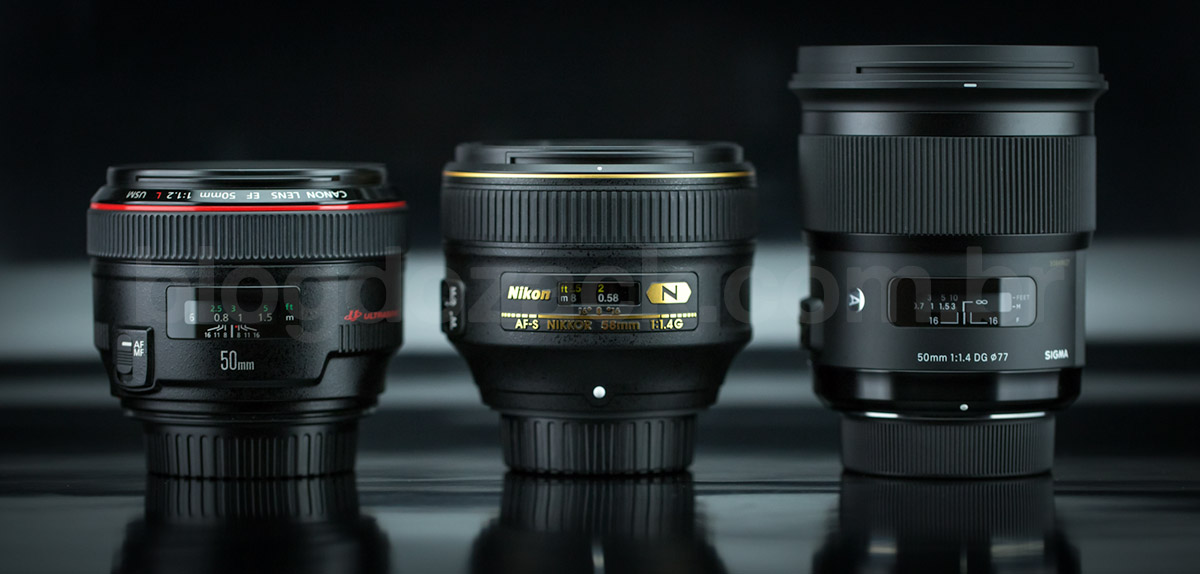
It’s simple with a manual focusing ring at the front and a MA/M switch near your left thumb. Just mount it on camera and shoot discreetly like few high end lenses. Also the 58mm is the only high end standard that looks like a standard lens: the built-in hood design fits the optical group deep inside the barrel, with extra protection besides the companion lens hood added in the box. The only difference here is the 58mm oversized dimensions compared to other Nikkors.
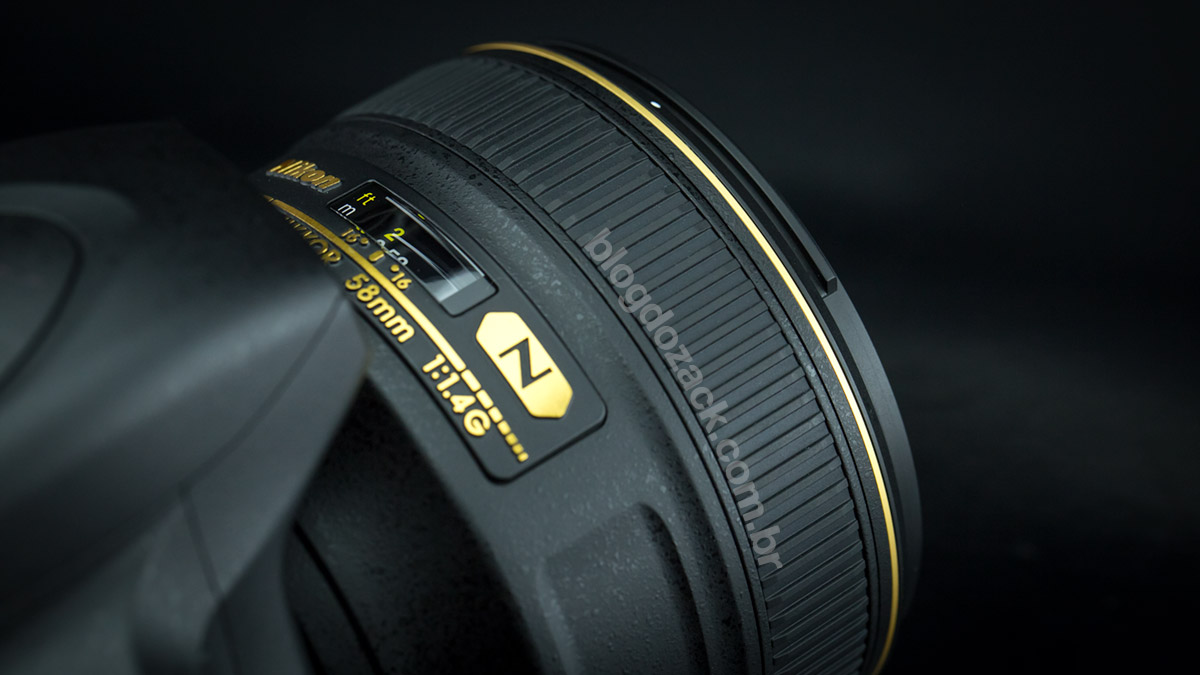
Inside the AF mechanism is the same as any AF-S with a Silent Wave Motot and relatively fast auto focus. It’s enough to work around the streets, but not lighting fast as most Canons. There’s nothing wrong with it: it’s quick, precise, and only failed me once when I completely screwed the D750 AF mode (I used 3D tracking to focus on a low light, low contrast moving subject). And it supports the full time manual, with a perfect MF ring: it’s the best I’ve ever used on a modern Nikkor and there’s absolutely no play. It costed me US$1700, but finally Nikon delivered a perfect MF ring.
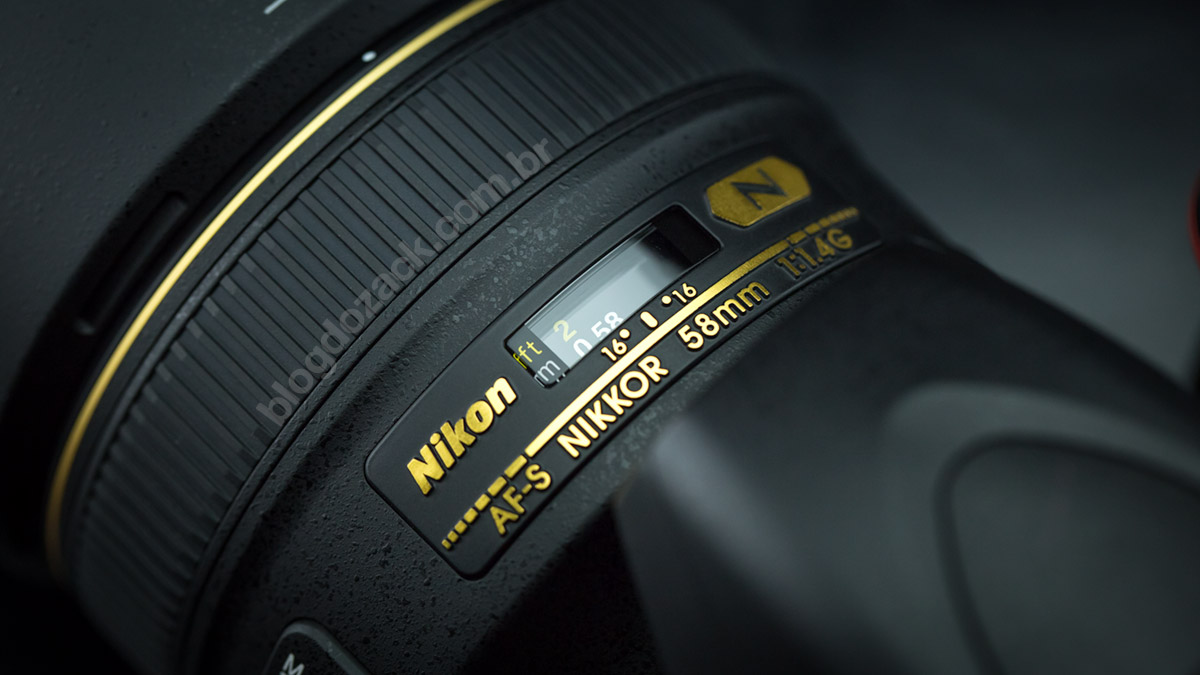
The 0.58cm MFD feels longer than most standards but works overall. Nothing expands out of the barrel and the double-Gauss formula moves the complete optical groups back and forth inside it. ø72mm filters are screwed at the front and compatible with most high end lenses. It’s a plastic thread, but it’s protect by the lens hood and don’t rotate while focusing. I do recommend a very high quality filter because the distance between the front element and the filter is very long, prone to mirroring and flaring. If the glass is not treated properly, you will loose contrast.

Overall the AF-S 58mm f/1.4 handles like the AF-S 85mm f/1.4G, other top of the line Nikkor lens. It’s much lighter than we expect for a high end lens but it’s a pleasure to use. If I had to argue between Canon and Nikon, that most of you ask me about, there’s no doubt the weight topic would tip the scale to Nikon’s side (no pun intended). These light equipments feel cheap, but that’s the exact premium feedback that a modern lens should give: ease of use and not a burden on the photographers hand. You’ll fall is love once you have it in your hands.

“S Manhattan” at f/5 1/80 ISO12800.
With a 9 elements in 6 groups formula, the double Gauss, double aspherical design has Nikon’s Nano Crystal Coating and shows its willing to try new things on the crowded standard high end market. It pays homage to the 1977 Noct-Nikkor 58mm f/1.2 that was a proof of concept to correct saggital coma flare on large aperture lenses, and it works.

“N Manhattan” at f/1.4 1/200 ISO5600.
Because of lens curvature, light points mirror between pieces rendering dots as “open birds wings”, visible around the edges of nocturnal urban landscapes. Using high precision aspherical glasses, it is possible to give the light points the appearance of dots, enhancing the photo organic, natural look. While most lenses are thought with resolution and contrast in mind, the 58mm f/1.4G is made just for that: correcting saggital coma flare.
And did it work? Absofuckinglutely. You can clearly see on 58mm f/1.4G images compared to Canon’s EF 50mm f/1.2L USM, or even Sigma’s 50mm f/1.4 Art DG HSM, how Nikkor’s is years ahead of the game. Night landscapes feel very natural because of the sharp light dots. But that’s it. As we’ll see on the following images, its resolution, chromatic aberration and wide open sharpness are weak and practically identical to most standard large aperture primes, making the US$1700 price tag pointless for those looking for raw optical performance.

“Times Square” at f/1.4 1/160 ISO320.

100% crop, light points remain points, the reason d’être of the AF-S 58mm.

100% crop, high resolution and sharp light points.
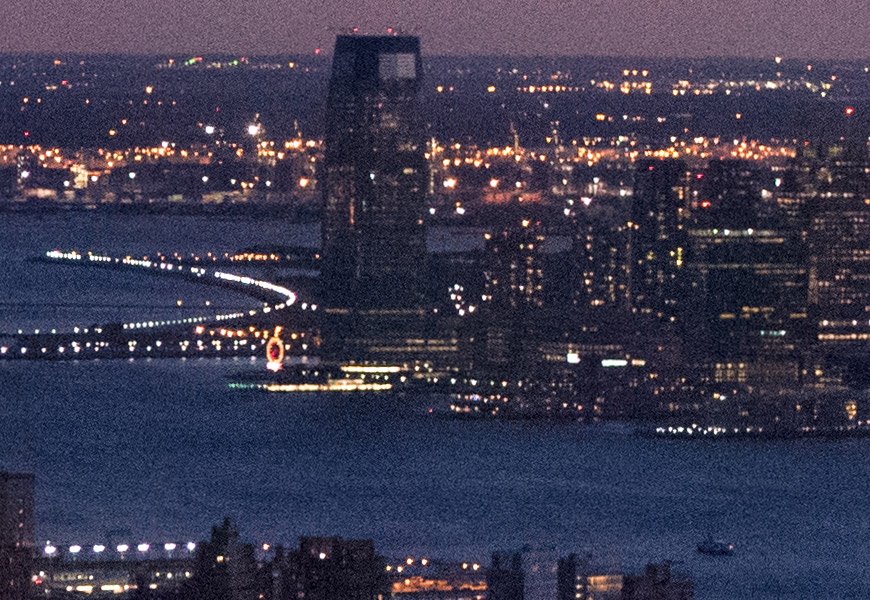
100% crop, you get what you paid for: perfect light points around the edges.
No, I didn’t see that much of a difference on the bokeh like most sites do. Some people compare it to 50mm lenses and see a much more diffused background, but there’s another reason for that: duh, the 58mm focal length in much longer than 50mm. This 58mm does feature excellent bokeh, with no repetitive lines nor strong edges. But it’s not more pronounced than similar 58mm lenses.

“Woman” at f/1.4 1/1000 ISO160; smooth bokeh renders the background to a smooth blur.
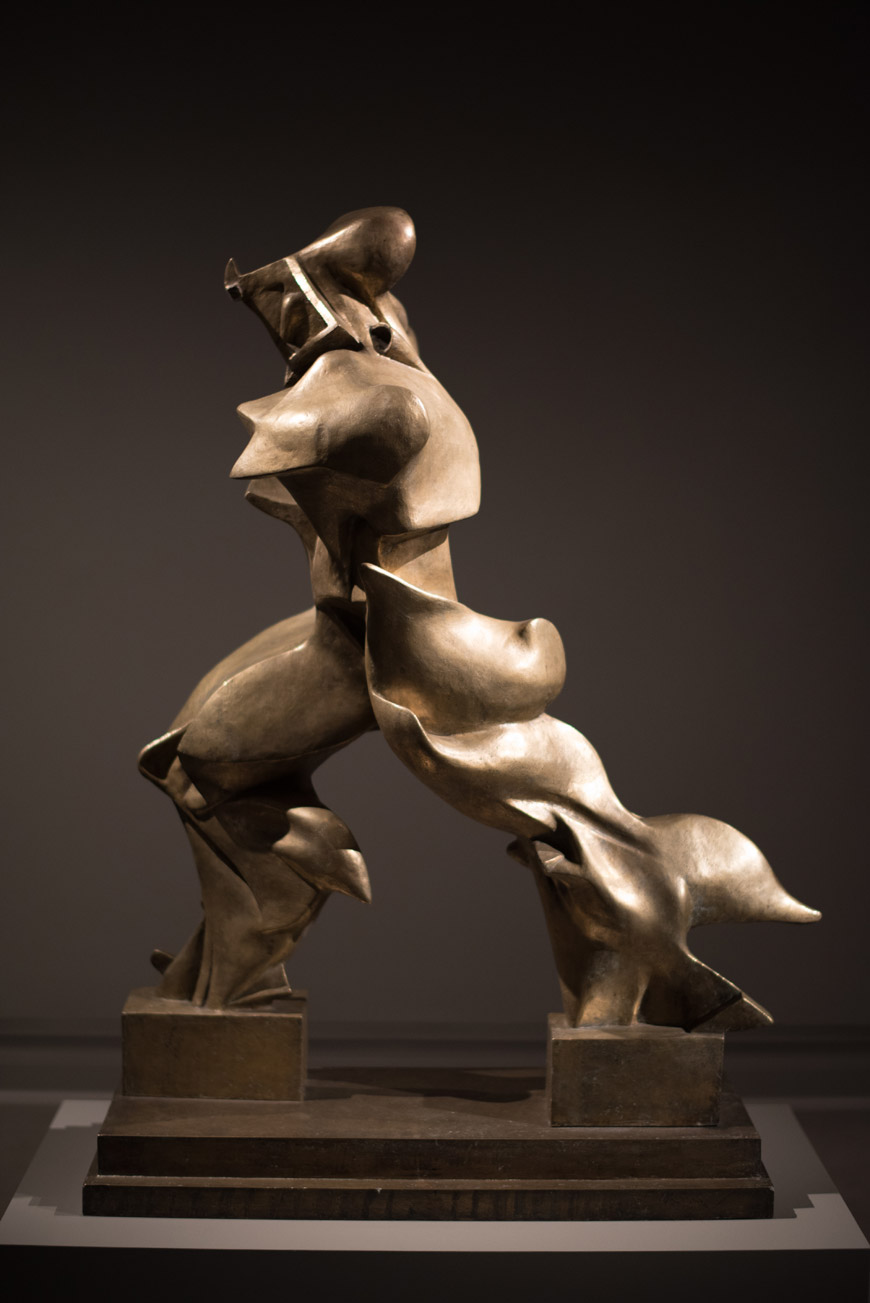
“Movement” at f/1.4 1/200 ISO800; smooth light rollout wide open.

“Close Movement” at f/1.4 1/200 ISO640; it’s smooth and with no repetitive lines.
Also I didn’t notice any improvement on the AF-S 58mm f/1.4G chromatic aberration control, which is pretty bad. If you shoot wide open under lots of light, contrast edges and light points gain a purple fringe, just like the US$333 AF 50mm f/1.4D. Also the longitudinal chromatic aberration, purple in front of the focus plane and green behind it, are all still there. To correct it you need the Sigma 50mm f/1.4 Art HSM that tries to be a low cost Zeiss 55mm f/1.4 Otus. But they feature 13/12 (!) elements, respectively, and were made with CA in mind. This US$1700 Nikkor wasn’t.

“Hangers II” at f/1.4 1/200 ISO1000.

100% crop, nop, chromatic aberrations were not corrected on the 58mm.
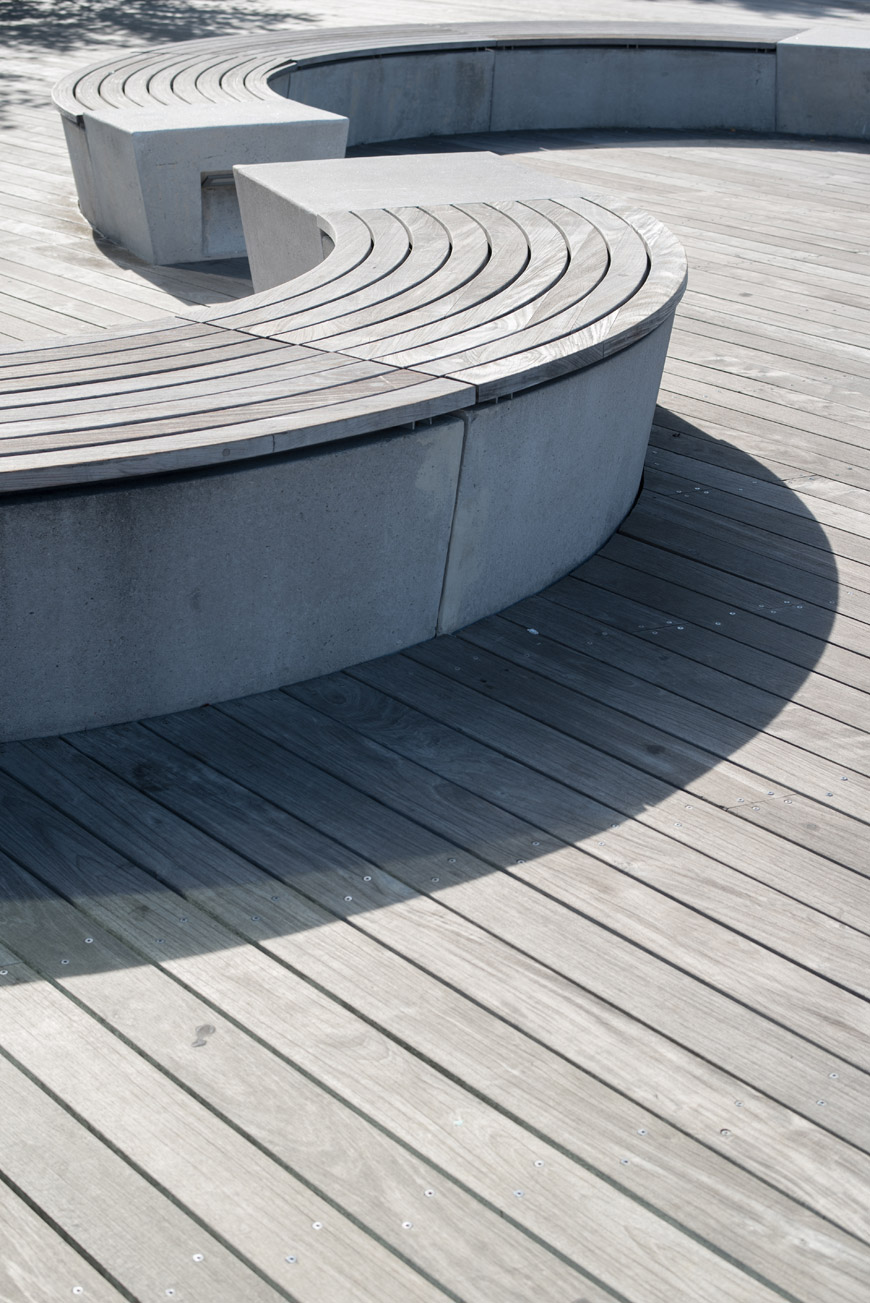
“S” at f/8 1/320 ISO160.

100% crop, but lateral CA in not present, typical of double Gauss lenses.

“Chain” at f/8 1/320 ISO100.

100% crop, perfect sharpness like any standard prime at f/8.
And let’s call the AF-S 58mm f/1.4G resolution less than perfect, as Nikon’s MTF didn’t promise much at launch. Files are smooth wide open but the resolution is brutal from f/2.8 and up. It’s not a bad thing as most details are still perfectly rendered at f/1.4. It’s better than the excellent (by my standards) AF-S 50mm f/1.4G. But if you need clinical details, get the Zeiss Otus or the Sigma Art.

“Girl” at f/1.4 1/800 ISO1800.

100% crop, it won’t win any awards for resolution, but we can’t say its bad neither.
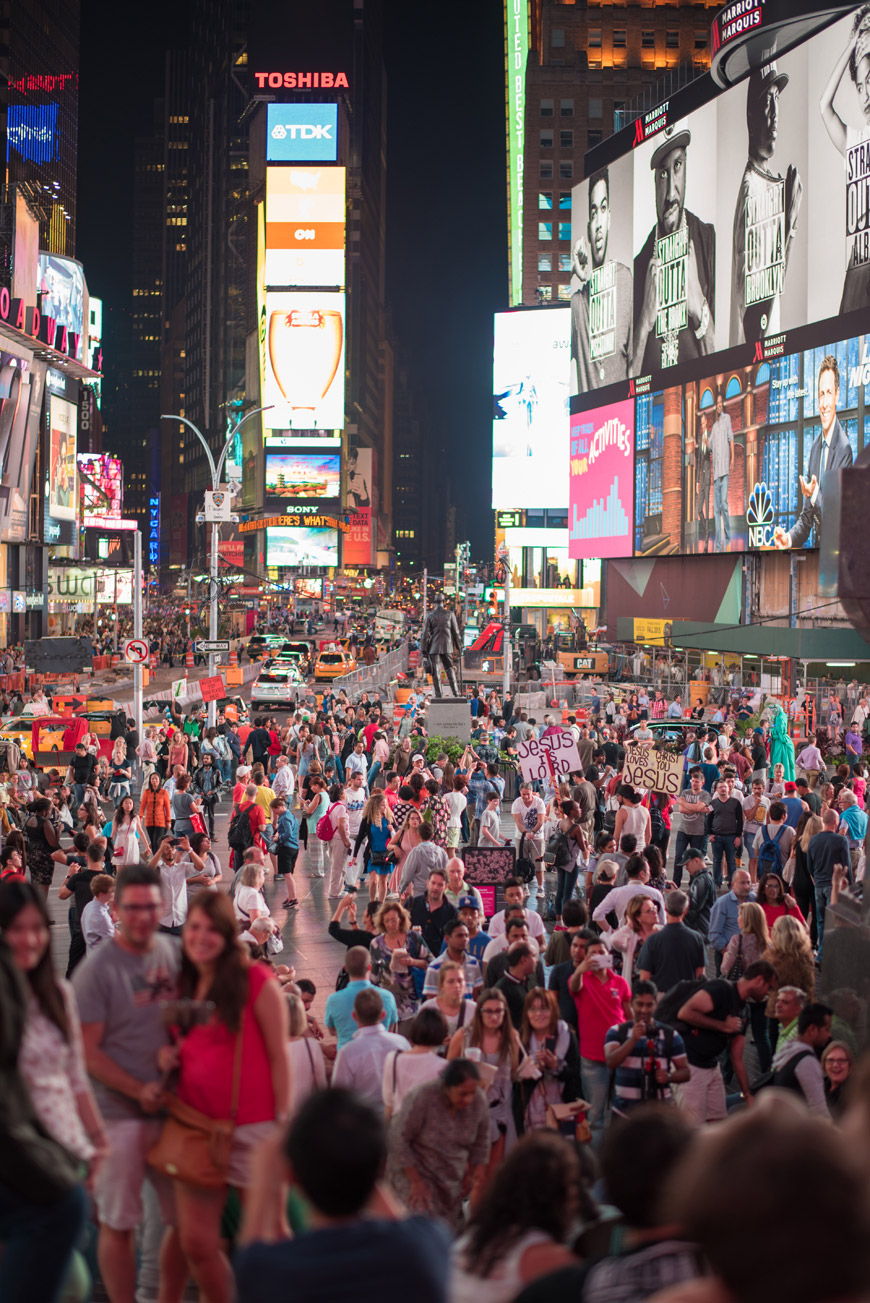
“Times Square II” at f/1.4 1/160 ISO160.

100% crop, details are rendering if they fall on the focus plane.

100% crop, perfect lower right corner.

100% crop, sharp lines on high contrast edges.
And finally the AF-S 58mm f/1.4 geometric distortion is high, visible from MFD to infinity. You can see walls bending and the horizon taking a rounded shape, begging for software correction. It’s not bad but unexpected considering its price. You can’t ask much from such a specific formula, made for saggital coma flare. If you stop to think how the light is being bent for perfect light points around the edges, it’s ok to live with some flaws. Deal with it.
One of the saddest thing of today’s market is how people associate quality with price, justifying thousands of dollars with in equipment with pure fantasies of imagination. Coming from an advertising background, were we’re trying to sell you stuff you probably don’t need with money you probably don’t have, it’s interesting to see how the price of things impact on people’s emotion.

“High resolution”, “smooth bokeh” and “image quality” are icons of the digital age to justify the purchase of camera gear. No matter how many pictures I show you that proving that internet opinion don’t really reflect on real life results, there’s always someone that nitpick some pixels to justify how one lens is better than the other. It’s comical not to say tragical, and I’ve given up understanding the internet audience. Do what you want if your money. :-)
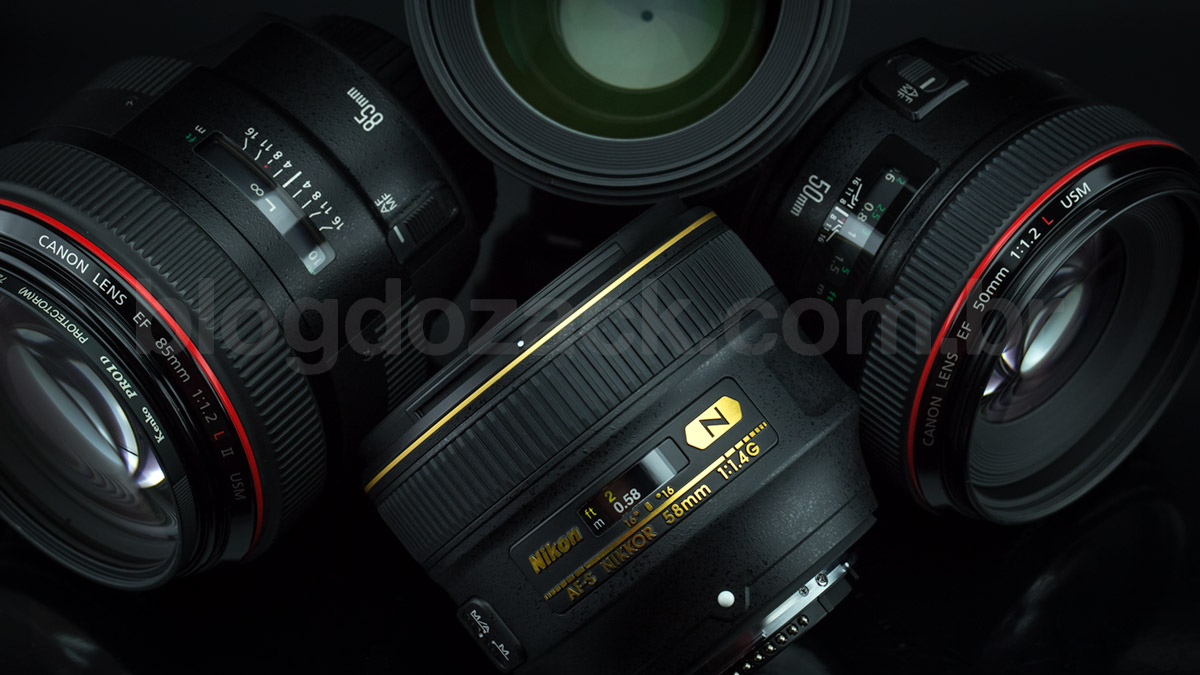
Some sites says the main aspect of the AF-S 58mm f/1.4G is how it handles bokeh, ignoring any mention to “saggital coma flare” as Nikon also gave up educating the market about this special project. Ok, they have some guilt selling how the 58mm bokeh looks nice and smooth on their own website. But it’s not by much, certainly in line with the AF-S 85mm f/1.4G or similar formulas. On the following examples I show you how the bokeh appears on variable focal lengths and leave it to you decide whether the 58mm f/1.4G is better or not.

Not taking differences in framing, focal length and light, how the bokeh looks at the MFD? The Nikkor is the longest and also features the longest MFD at .58cm, follow by Canon’s f/1.2L .45cm and Sigma’s Art .40cm. As every distance changes, it’s impossible to compare them side by side. But the results are pretty clear: their all awesome. As a bonus I show other examples at 35mm (Sony RX1R) and 85mm (EF f/1.2L II USM). The matter of the fact is: if you need short DoF photos for special effects, just play with the focal length, focusing distance and aperture, no matter the price.
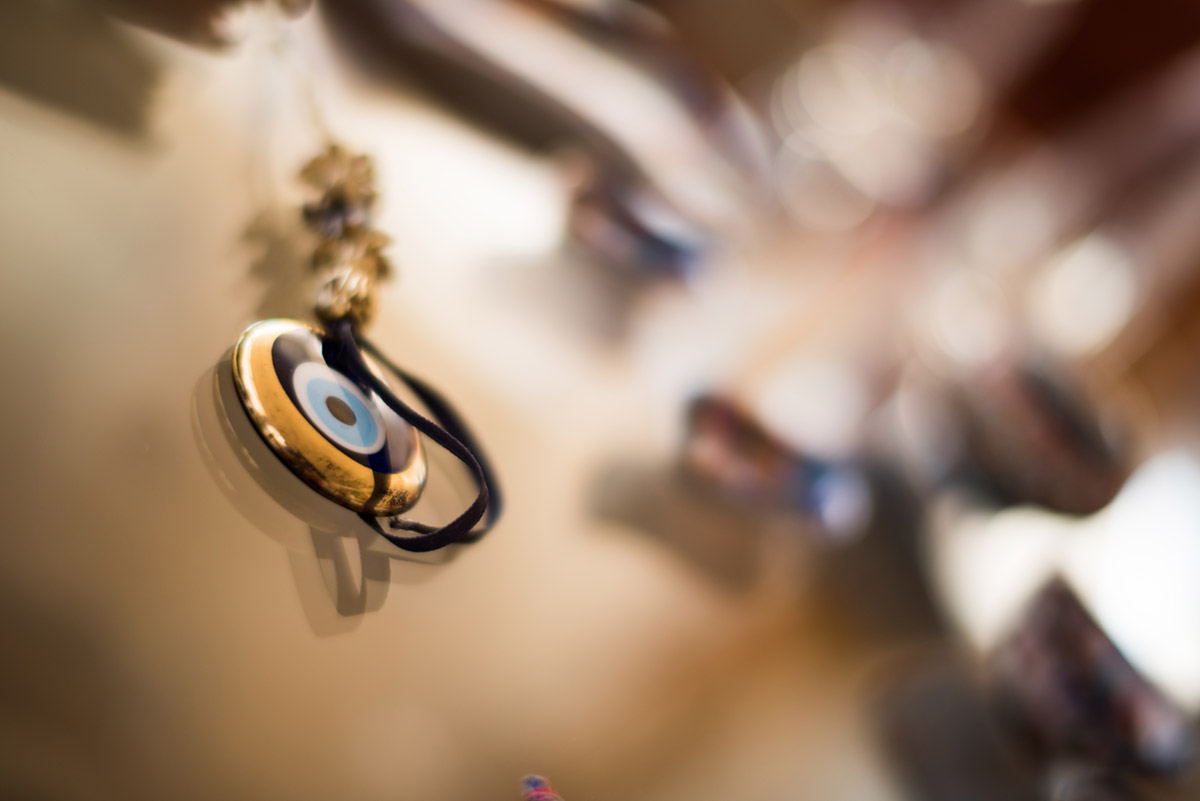
D750 + AF-S 58mm f/1.4G at f/1.4 1/160 ISO100; .58cm MFD renders a very shallow DoF for smooth backgrounds, with no repetitive lines.

EOS 6D + EF 50mm f/1.2L USM at f/1.4 1/200 ISO160; a shorter MFD (.45cm) also renders a shallower DoF, for even more pronounced bokeh.

D750 + Sigma 50mm f/1.4 DG Art HSM at f/1.4 1/800 ISO1000; even shorter MFD (.40cm) renders a tighter frame and more defocused background.

BONUS: EOS 6D + EF 85mm f/1.2L II USM at f/1.2 1/250 ISO160; with a long .95cm MFD, the framing and perspective changes and the bokeh is less pronounced.
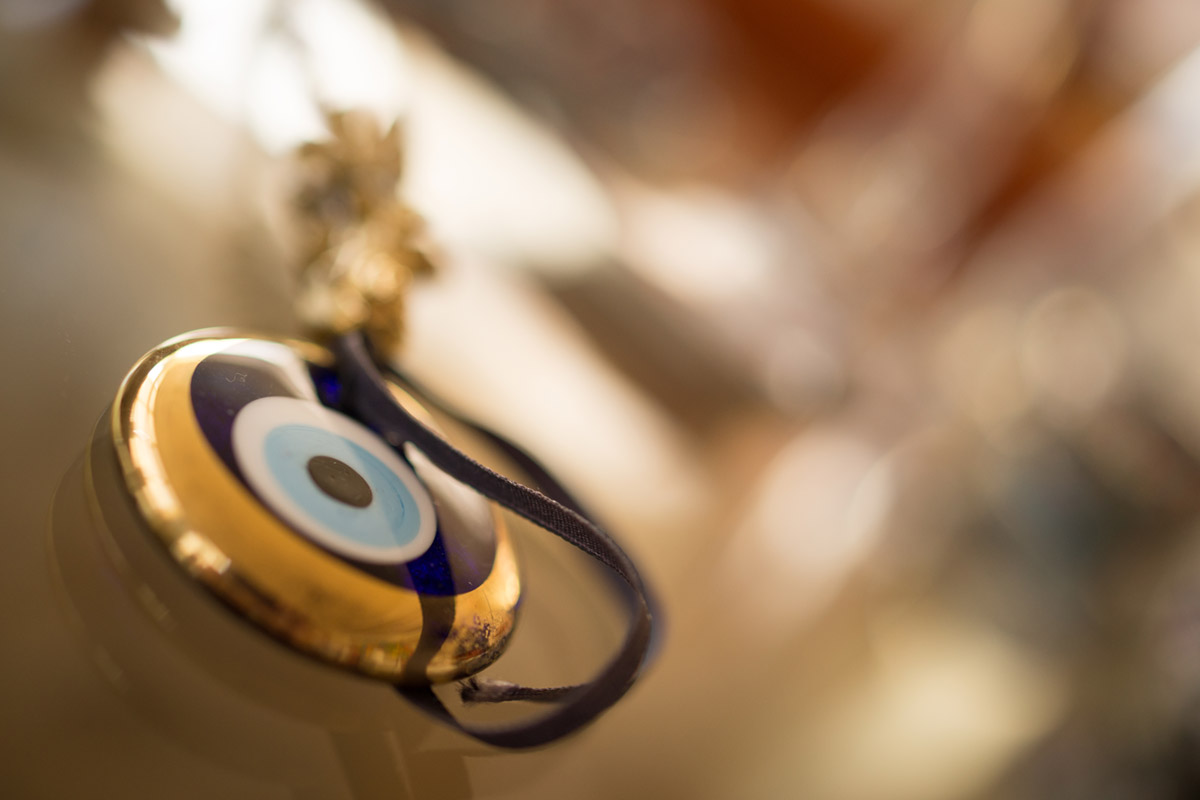
BONUS: Sony RX1R at f/2 1/100 ISO800; the shortest MFD of the bunch (.20cm) renders the most pronounced bokeh!
With the camera mounted on a tripod, the longer 58mm obviously renders a shallower DoF, therefore the more pronounced bokeh. And I believe it’s the mistake other sites oversee. You just can’t compare 58mm to 50mm and expect similar results! Of course the 58mm renders a smoother bokeh due to the longer focal length.
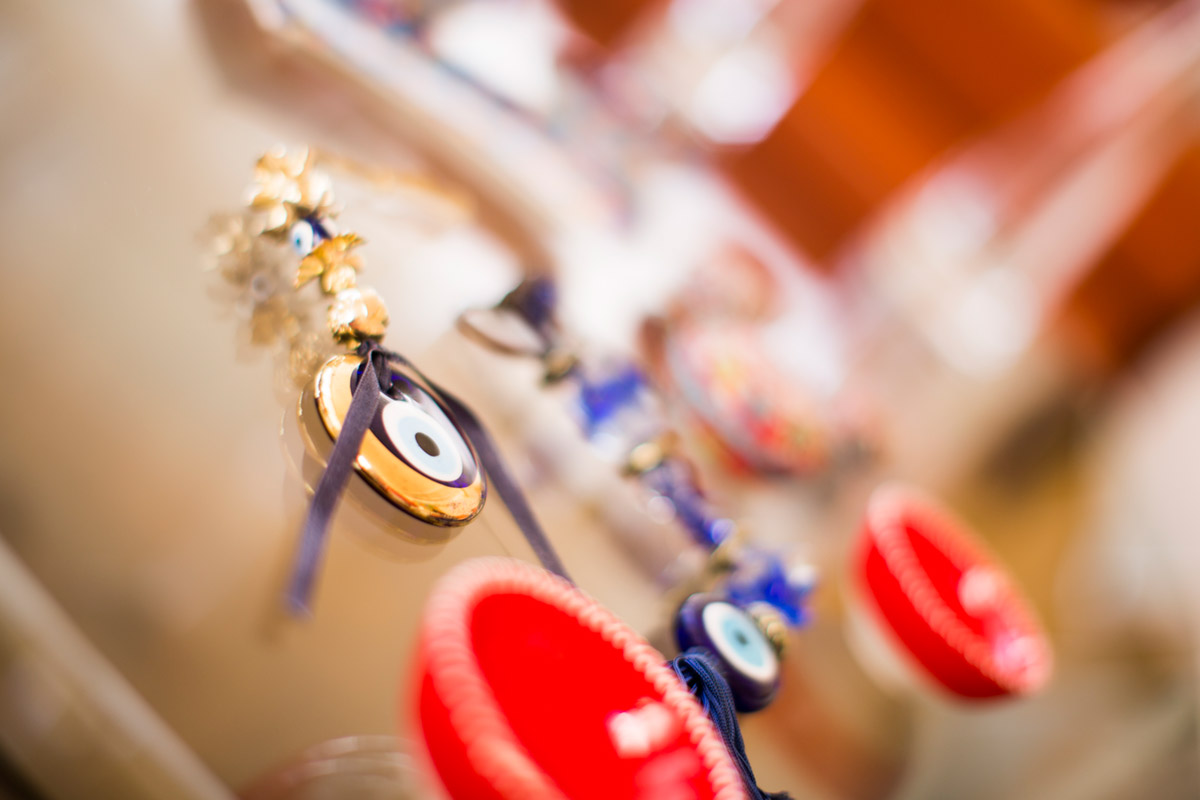
EOS 6D + EF 50mm f/1.2L USM at f/1.4 1/160 ISO100; with the change in focal length, the 50mm background looks less blurried

D750 + Sigma 50mm f/1.4 DG Art HSM at f/1.4 1/160 ISO100; it’s the most confused bokeh, but I wouldn’t call it bad.
If we set the 50mm lenses closer to the subject and frame it just like a 58mm, we can have some ideas on how the bokeh compare between them. I added a wide open example for Canon’s L as other lenses don’t render such large aperture. But remember the 58mm f/1.4 (ø41.4mm) features virtually the same aperture as the 50mm f/1.2 (ø41.5mm). Did Nikon aimed the Canon L when it designed the 58mm? Yes or absolutely yes?

EOS 6D + EF 50mm f/1.2L USM at f/1.4 1/160 ISO100; notice the slightly brighter exposure as the f/1.4 aperture fixes most of the f/1.2 vignette. :-D.

D750 + Sigma 50mm f/1.4 DG Art HSM at f/1.4 1/160 ISO100; notice the very sharp center on the Evil Eye.
That brings us to the question: is the AF-S 58mm f/1.4G worth US$1700? Honestly? It is! It fulfils the briefing correcting for saggital coma flare and bright light points remains sharp on wide open nocturnal shots, as no other standard prime does. If that’s what you’re shooting every night, don’t think twice: this Nikkor may be the lens you were looking for. It competes side by side with Canon’s and Sigma’s high end offerings with a completely different approach, in my opinion more useful than the followers f/1.2 aperture or clinical high res.

But if it’s worth the mainstream US$1700 just for the tack sharp light points around the frame? No, it’s not. It’s not for tightly budgeted photographers looking for a prime lens and it probably won’t even suit most professionals seeking a high res, CA less optical masterpiece. It’s made for a niche like most macros, large aperture telephotos and tilt-shifts, and I applaud Nikon for bringing it to market. But it’s not the commercial piece most were expecting and that’s actually a good thing. If it’s not for you, just let it be. Only those who need it will appreciate it. Nice shooting!